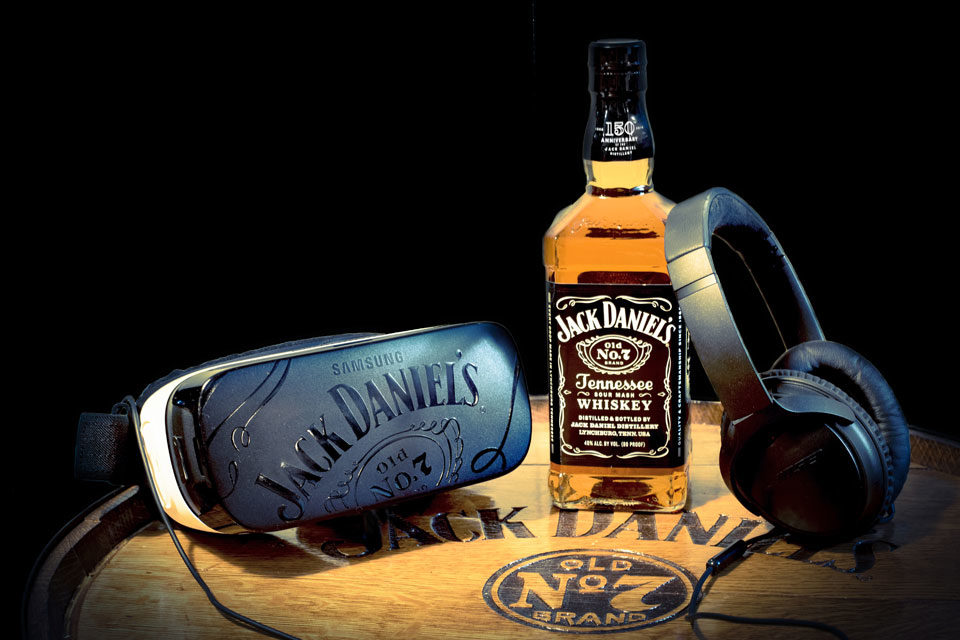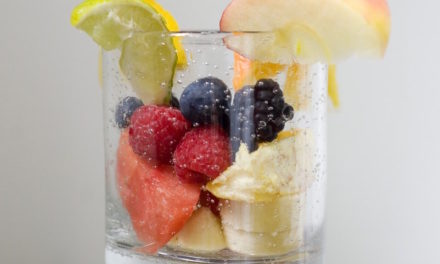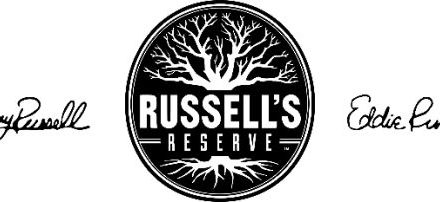Along with AR labels, beverage companies are creating virtual reality (VR) experiences to engage and captivate consumers. The technology is particularly well suited for tourism applications, because it lets users immerse themselves in winery tasting rooms, breweries, distilleries, and vineyards.
Carhartt Vineyard, in California’s Santa Ynez Valley, launched an AR/VR experience last year that lets users take a flyover tour of the winery’s 11 Oaks Vineyard, view a 3D bottle of Sangiovese, and virtually remove a cork from the bottle to release floating cherries and rose petals (reflecting the wine’s aromas and flavors).
In 2017, Rioja’s Bodegas Ramón Bilbao created a VR experience that takes visitors on a virtual journey from grape to glass. It begins in the vineyard, where a viticulture expert explains the grapegrowing process, followed by a virtual food-pairing experience and a “visit” to the winery.
The technology is also being embraced by breweries such as Brooklyn Brewery in New York; its VR experience features an insider’s tour led by brewmaster Garrett Oliver through the brewhouse, barrel room, and cellar.
The Jack Daniel’s VR tour transports users to Lynchburg, Tenn., to experience the distillery’s cave spring, watch coopers make barrels, and visit aging casks. The company has also recently debuted an AR app that activates with any bottle of its Tennessee whiskey (from 50 mL to 1.75 mL) to reveal voice-overs, animations, and pieces of its storied past.
Note: To view VR experiences, special glasses or headsets are required, which run from about $30 to $350. Check with your destination ahead of arrival to see if you need your own.











